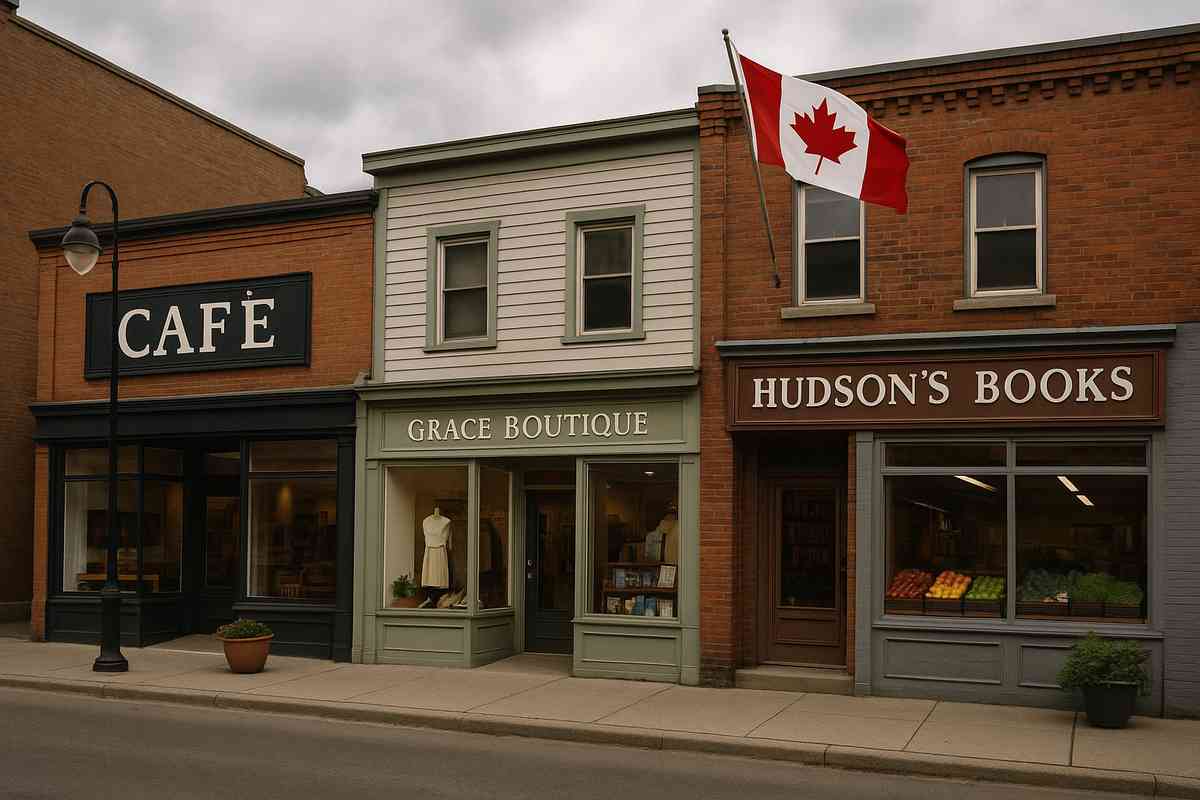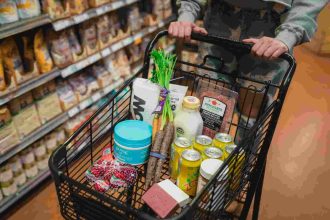Across Canada’s towns and cities, shopkeepers are preparing for a retail season that looks set to be more cautious than celebratory. After years of battling pandemic disruptions, supply chain hiccups, and inflationary pressures, small businesses now face a consumer environment defined by restraint. Rising interest rates, higher household debt, and lingering economic uncertainty are reshaping spending habits. For independent retailers and family-run shops, the months ahead will be less about chasing record profits and more about weathering a cooler season with resilience and creativity.
The signs are already evident. Surveys show that many Canadian households plan to cut back on discretionary purchases, from fashion to electronics to dining out. The surge of spending that followed lockdowns has given way to careful budgeting. Families are focusing on essentials, postponing big-ticket buys, and hunting for deals. For small businesses that rely on holiday splurges or seasonal boosts, this shift could mean thinner margins and tighter cash flow. The challenge is to find ways to remain attractive and relevant in a marketplace where every dollar is being scrutinized.
One factor shaping this cautious climate is debt. Canadian households carry some of the highest debt levels among advanced economies, and higher interest rates have made servicing that debt more expensive. Mortgage renewals are hitting families with higher monthly payments, leaving less disposable income for shopping. Credit card balances are rising as people cover day-to-day costs, and interest charges erode purchasing power further. This environment makes consumers hesitant to spend freely, especially on non-essentials. For small retailers, the impact is direct. Foot traffic may not decline dramatically, but conversion rates and basket sizes are shrinking.
Inflation adds another layer of pressure. While headline inflation has cooled compared with its peak, prices remain elevated across many categories. Grocery bills are still noticeably higher than they were just a couple of years ago, and energy costs fluctuate unpredictably. For households, the perception is clear: life feels more expensive, and budgets feel tighter. This sentiment is powerful. Even if wages rise modestly, the feeling of being squeezed discourages discretionary spending. Small businesses selling clothing, books, or home goods know that they are competing not just with each other but with the pull of basic necessities.
The ripple effects extend beyond consumer behavior. Small businesses themselves face rising costs, from rent and utilities to wages and insurance. Supply chain issues have not disappeared entirely, and global shipping costs remain volatile. For many independent shops, profit margins were already slim. Absorbing additional expenses while also facing more frugal customers creates a precarious balancing act. Some businesses are experimenting with leaner inventories, renegotiating supplier contracts, or sharing resources with other local enterprises. Others are turning to digital tools to streamline operations and cut overhead.
Despite the challenges, there are opportunities. Consumer caution often brings a renewed focus on value, authenticity, and community. Small businesses that emphasize personalized service, locally made goods, or unique experiences can carve out space even in a cooler market. Shoppers may be buying less, but they are also becoming more deliberate. That deliberation can favor businesses that tell compelling stories and build genuine relationships with customers. A family that decides to buy fewer gifts may still choose one meaningful purchase from a trusted local shop. In this way, authenticity becomes a competitive advantage.
E-commerce continues to play a critical role. The pandemic accelerated digital adoption, and many small businesses that invested in online platforms are now reaping the benefits. With consumers comparing prices more carefully, online visibility is essential. Businesses that can offer a seamless blend of in-store and digital experiences are better positioned to capture attention. Click-and-collect services, flexible delivery options, and active social media engagement help bridge the gap between cautious spending and continued consumer interest. The businesses most likely to thrive are those that treat digital presence not as an add-on but as a core part of their strategy.
Another shift worth noting is the rise of second-hand and circular economy shopping. Thrift stores, resale platforms, and businesses that repair or repurpose goods are seeing increased demand as consumers look for ways to stretch budgets without sacrificing quality. Small businesses that can tap into this trend, whether by offering resale options or highlighting sustainability, may find themselves aligned with evolving consumer values. This approach not only provides affordability but also resonates with younger shoppers who place high value on environmental responsibility.
Government policies and support programs also play a role in shaping the outlook. In recent years, initiatives such as wage subsidies, rent relief, and grants helped many small businesses survive extraordinary challenges. While most emergency measures have been phased out, ongoing support in areas like digital adoption and training remains vital. Policymakers recognize that small businesses are not only employers but also anchors of community life. Their ability to navigate economic headwinds will influence both local economies and national recovery.
Regional differences further complicate the picture. Retail dynamics in urban centers like Toronto or Vancouver differ from those in smaller towns or rural areas. Large cities may see continued demand for niche or luxury products among affluent consumers, while smaller communities may lean more heavily toward essentials. For businesses, understanding local patterns is key. A one-size-fits-all strategy is less effective than tailoring offerings to the realities of the customer base. Flexibility and attentiveness will be critical assets in the months ahead.
Culturally, the cooler retail season is testing the resilience of Canadian optimism. Shopping is not just an economic act but also a social one. Holiday markets, small town fairs, and bustling main streets are part of the national fabric. When spending slows, the worry is not only about revenue but also about vibrancy. Business owners fear empty storefronts and quiet streets, symbols of economic strain that dampen community spirit. Yet many are determined to adapt. Stories of innovation, collaboration, and perseverance are emerging alongside the challenges.
Looking ahead, the retail season may be cooler, but it is not frozen. Small businesses that adjust quickly, listen to their customers, and embrace both tradition and innovation can endure and even thrive. The road will be uneven, and some enterprises will struggle more than others. But the underlying resilience of Canada’s entrepreneurial spirit remains strong. In a country where community bonds often run deep, supporting local shops is not just an economic choice but a cultural statement.
For consumers, the cooler season may mean fewer impulse purchases and more thoughtful shopping. For businesses, it means finding ways to connect with that thoughtfulness. The resilience on display in these months could shape the long-term trajectory of small business in Canada, proving that even in leaner times, local shops remain at the heart of the nation’s economic and cultural life.









